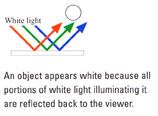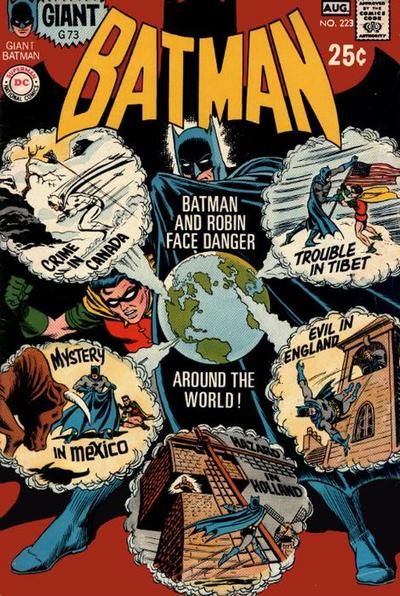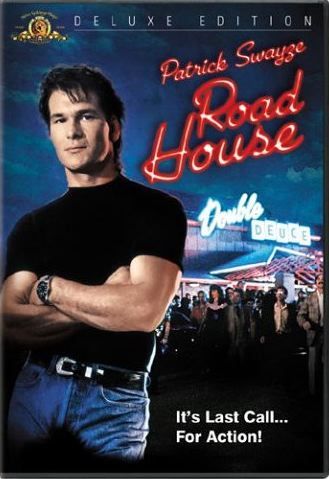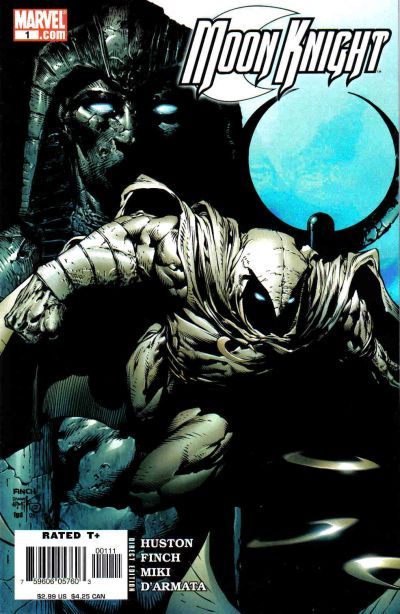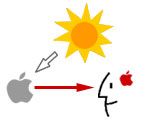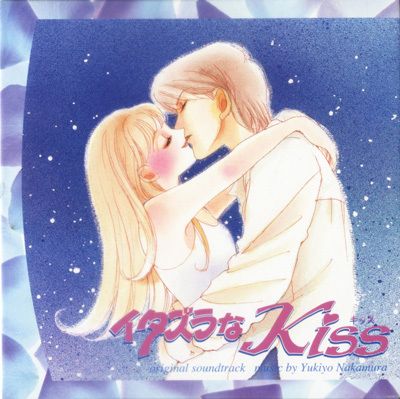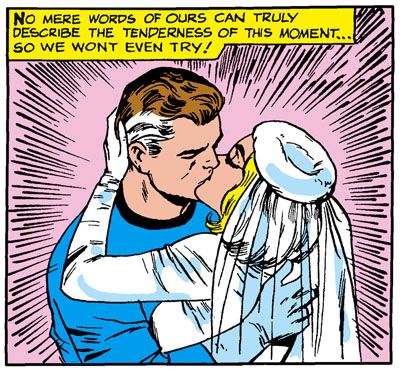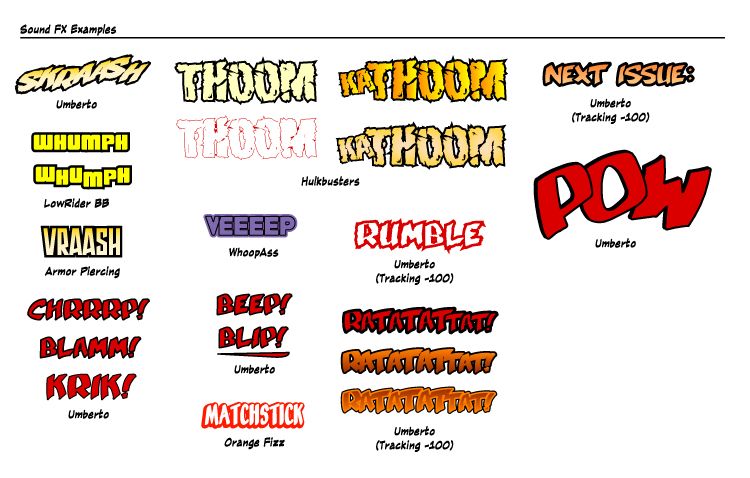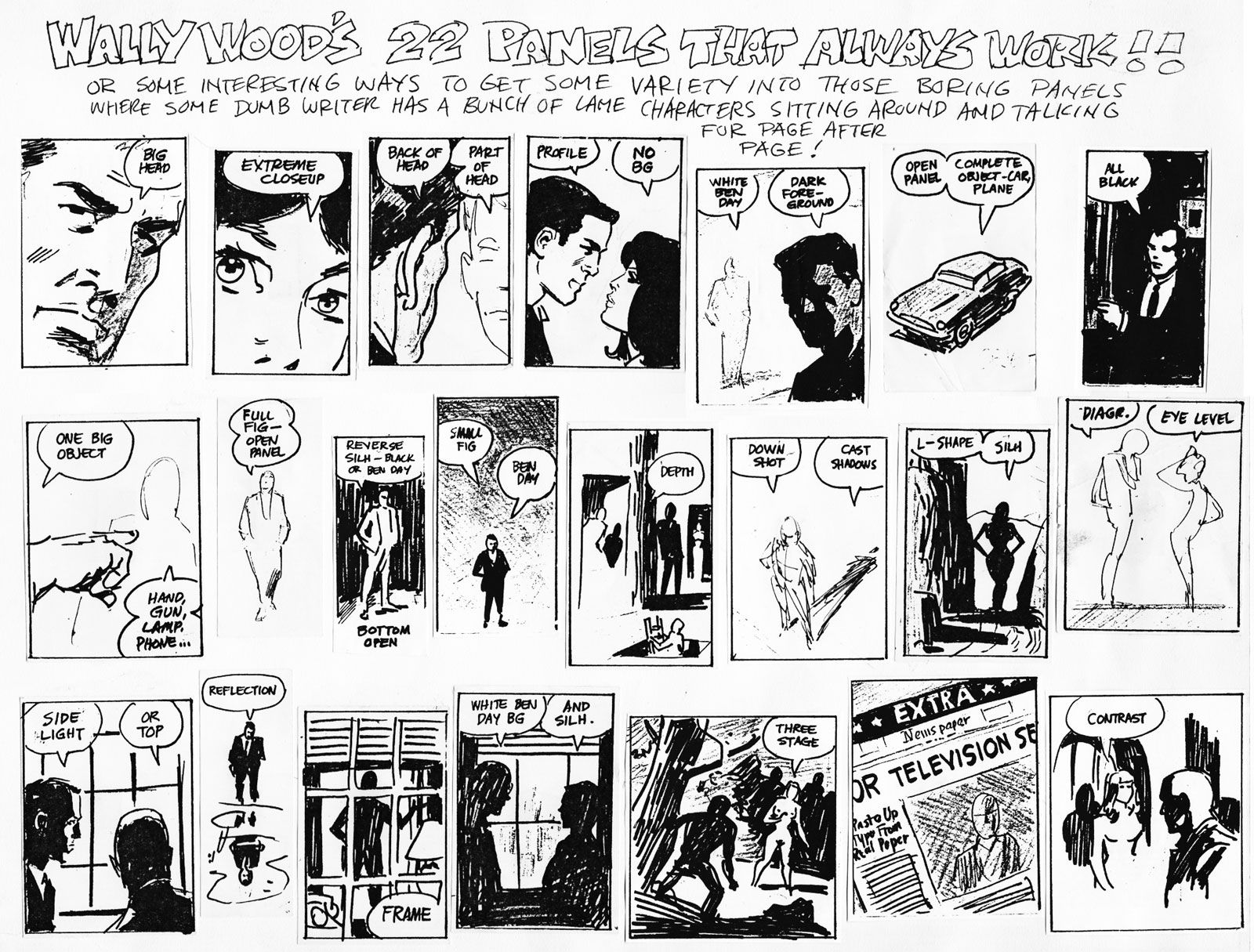I get a fair amount of column and comics-related mail. Not as much as Brian or our other Greg, but enough to keep me occupied one afternoon a week or so. Some of it's review stuff, some of it's press releases, and some of it's questions from readers. The readers ask questions that are legitimate, they ask others that are less so, and occasionally they ask stuff that's just ...odd.
Just for fun I thought I'd answer a few here this week. Even the odd ones.
*
Here's one I see a lot lately: Why do you hate DC so much, you DC-hating bastard?
I don't. As I have documented many, many times -- here and here are the most prominent -- the DC characters were my gateway to comics and superheroes. And finding those changed my life.
I will say, though, that I'm beginning to hate the people who insist that the fact I'm fond of Batman as a character apparently means that I signed some sort of loyalty oath or something. The latest iteration of this seems to be readers bellowing at me over DC's current inability to tell the difference between "unfit for children" and "mature," which I guess I started a month or so ago with the frat-boy column, enlarged upon somewhat again last week, and now our other Greg has fanned the flames with his disgust at the latest issue of Nightwing.
So clearly, the inescapable conclusion for some wild-eyed reader out there is that both Mr. Burgas and I must be in violation of our sacred pledge to never say or do anything to make people think any DC superhero comics are bad.
(Pause while your columnist takes a deep breath and shakes his head.)
Look, I've gone over this ground many times, and so have my colleagues here at CSBG. But okay. Let me try one more time, for the slow students out there: R-rated is not synonymous with "adult" or "mature." For God's sake, Roadhouse is rated R and it's one of the most adolescent dumbass B-movies I've ever seen.
(Which is not to say that I don't love Roadhouse. I adore it. It's the classic hero's journey, with Patrick Swayze as the young hero with a tragic past that has to save the princess Kelly Lynch from the evil emperor Ben Gazzara. More, Swayze serves a good and just king in Kevin Tighe, he learns from a wise Merlin figure in Sam Elliott, and he has a faithful squire in Jeff Healey. It's incredible how many of those classical marks the movie hits. Except for the part where it's about-- wait for it-- a bar bouncer. A guy who throws noisy drunks out of a club. That's what makes Roadhouse so delightfully deranged. The foundation it's built on is the lunatic idea of doing a classic hero quest movie about a Legendary Figure with a Tragic Past, and his struggle to uphold the Noble Tradition of... being a bouncer. It's a measure of my own lunacy, I suppose, that we own the Deluxe Edition DVD of this movie. On purpose.)
....Sorry, got carried away there for a minute. The point is, as much as I adore Roadhouse I would never argue for it having actual artistic merit, and certainly not for it being "mature." Anything but. It is raucously adolescent. The only difference between Roadhouse and, say, Nightwing #149, is that Roadhouse is at least fun.
That's all I want. Fun.
Seriously. I don't need the DC heroes to return to any idealized era of my youth, or dumb things down for the kids, or sanitize anything. What I object to is the joylessness. How many DC heroes have attended some kind of funeral in the last year or so, or brooded over someone close to them getting killed? Where's the fun in that?
Although, for the record, I really have been enjoying Peter Tomasi's Nightwing run up to this point, he's done a lot of rebuilding there that's been badly needed. That made the mess that was #149 especially galling. It's exasperating, because for a few issues there, the book was really getting a sense of fun back.
I just want the DC spandex books I read to be fun. As in, "less morose." You can have fun without getting silly. The Maltese Falcon is fun. Die Hard is fun. Burn Notice is fun. None of them are "silly" or "kiddified." It's not a binary, either/or thing.
But I am beginning to suspect that DC does take a binary view of it. As far as I can tell, they don't seem to think there's any kind of middle ground between Super Friends and Identity Crisis. It must be one or the other. Every time a DC superhero book starts to look like it's ramping up towards being fun, like Nightwing or Action, suddenly someone dies horribly or something. You really get the sense that it's some sort of house policy. "Your book's not serious enough. Your protagonist smiles too much. Superheroes are serious business and you need to show that. Kill off a cast member."
Grim-n-gritty worked with Watchmen and Dark Knight because of the novelty. But lately I see the Alan Moore style of reverse-engineered superhero characterization he used in Watchmen (the idea that if you put on a costume and fight crime, you're really screwed up somehow) applied across the board, to books and characters that were never meant for that and don't benefit from it. It sucks all the fun out of the enterprise.
When DC brings fun back to its main line of books, I imagine I'll have nicer things to say about them.
*
Another DC loyalist-- I swear, I really am wondering if there's some sort of cult-- wants to know, Why don't you beat up on some Marvel books for a change? Don't you read any Marvel stuff?
I read a lot of Marvel stuff; in fact, I was rude about Astonishing X-Men here last week, for those that keep score.
But I don't talk about it here much because for the last year or so I've been getting all my Marvel books used, on Amazon. So I'm not terribly current.
See, Marvel has taken to re-issuing stuff in hardcover, including those big Omnibus things, and whenever they do that, the prices of the previous collections of that material drop down to almost nothing. The earlier version gets remaindered and you can pick those remaindered books up for peanuts.
So I do eventually get to Iron Fist and Captain America and Thunderbolts and so on, but it's about a year behind everyone else. On the other hand, I get those trades cheap. I just finished Planet Hulk, which retailed for some hideous insane amount like $34.99, only mine was $2 plus shipping. Once you get used to this kind of deal, you never go back. But it does put me way behind on current stuff, there's a time lag before you can get that price. As a result, there's very little from Marvel that I've read that hasn't already been discussed to death. That's one reason I don't get to them much here.
The other reason I don't do more Marvel-centric pieces is that, although by and large I enjoy the Marvel books I get, they're not really blowing me out of my chair. I usually write about stuff that I really was impressed by and thus want to share, or that I was really annoyed by and thus want to vent. Neither one of those applies. Marvel's superhero books are doing around a solid C-plus or B-minus with me right now. Even critical darlings like Captain America or Iron Fist strike me as being just "pretty good, enjoyed that, I don't feel cheated."
Although I think a lot of you should get off Greg Burgas' back about Moon Knight.
The art's not to my taste and the book isn't a patch on the glory days of Moench and Sienkiewicz, but it's well-written and it's got an interesting hook. I thought it was okay. Bit morose for me-- there's that word again-- but I think Huston did nice work on those first two trade collections (which set me back a combined total of $6.89 including shipping, by the way. In hardcover.)
I have noticed something about the Marvel collections that irritates me a lot. The coloring is awful.
Seriously, whoever's doing it-- especially on Moon Knight and Brubaker's Cap-- needs to get into a different line of business. The colors are dark and muddy, making pages hard to read, sometimes even obscuring captions. I'm reminded of something my first boss said to me in a production art department twenty years ago: "These kids get a MacIntosh for Christmas, by June they hang out a shingle saying they're a graphic designer."
I always think of that line when I open up something like Winter Soldier volume two and can hardly see the art. Because it's obvious whoever colors the books is doing it all on a computer and has no grasp of the fact that the colors on the screen look different than colors on a printed piece. Computer palettes on a monitor are based on "RGB," meaning red, green and blue layered in different combinations to give you the illusion of full-spectrum color. But printed material is done based on "CMYK," meaning cyan, magenta, yellow and black layered on one another to provide the illusion of a full spectrum.
Most of us that labor in magazine and book production pre-press know this. We use charts that translate what you see on the screen in Photoshop to the corresponding Pantone ink designation. Press operators, in particular, know how this works because they often have to mix colors by hand out of the inks they have on the shelf. Good artists and designers know this too, and do press proofs before the job is run so they can see how it will print. (There was once an infamously screwed-up proofing process done for DC's collected V For Vendetta, the printers had a hell of a time getting the color where David Lloyd wanted it. I respected Lloyd so much as an artist after I read about that; I thought he was amazingly professional for wanting to do his own press check. That never happens in comics.)
Here's the problem, though. Most current illustration software now lets the user call out his own colors using the Pantone system, by typing in the code for the ink color he wants. So far so good. But bad or lazy colorists often don't bother to look at the actual printed version of the color code directory to make sure that the printed Pantone color is the one they want to use. They assume it's the same one they are seeing on their screen. It's not. Almost always, the printed color is darker.
I could go on, but that's the gist of it. You can read more here if you are interested. The point is, Marvel's art department doesn't seem to have a grasp of the principle, and it makes the books hard to read. I bet I'd like David Finch's art a lot better if it didn't feel like I was trying to read something dropped in a mud puddle. I'm not sure if it's the colorist that's screwing it up or the printers themselves, but either way, it's an amateur mistake, guys. There's no excuse for it to keep happening over and over, especially with reprint collections when the mistake should have been spotted in the monthlies the first time around. Clean it up.
*
Here's one that made me smile. Your wife sounds so cool. How did you meet?
At the Alki Beach art studio. Julie was the pottery TA on the Tuesday evenings I was teaching the elementary-school cartooning class down there. She poked her head in the door to see what all the kids were laughing about. Later, during our fight with the city to save the studio, we ended up spending a lot of time together, and nature took its course.
*
From a former student of mine: I'm having a really a tough time drawing a kissing scene, could you tell me how to draw people kissing?
Well, it's a hard thing to explain by e-mail. But the short answer is that the faces alternate overlapping, sort of. Basically if you can see one person's NOSE in front, then you only see the other person's CHIN in front. I've attached some scans to show what I mean.
All those shojo digests you have, there's bound to be more examples available. Don't slavishly copy what other artists are doing, obviously, but don't be afraid to look and see how the other guys attack it as a design problem. You can learn a lot by looking at comic pages and trying to figure out why the penciller makes the choices he does.
*
As long as we're on the subject, every time I write about my class there are usually two or three people that want to know something like, How did you start the program? What would it take to get something like that going at our school/club/YMCA/other community outlet? What do you use for curriculum?
The story of how I personally backed into this vocation is here, but my practical advice is this: Non-profit youth organizations or schools fund things that are A) cheap, low-impact programs and B) demonstrably of interest to the kids they serve. Basically you want to prove that it CAN be done before you try to get them to do it.
If you're a teacher or a librarian you probably already know the hoops you have to jump through to get something funded. If you're not a teacher or a librarian, but rather, say, an artist who's willing to try teaching a comics class for kids, then I recommend you partner up with a school or a local library. You need that infrastructure and-- sorry, but it's true-- the air of respectability they lend to the proceedings.
Most schools and libraries are underfunded for this sort of thing. If you just want to volunteer, then may God bless you, you are doing His work. If you need to be paid or reimbursed, though, you need to thread the budget labyrinth and submit some sort of proposal, most likely.
The beauty part is that comics are cheap. It's pencils, pens, paper, and photocopying, at least for us, so that helps your budget get through; especially if you can use the school or library's own high-speed copier to do your stuff on. I go through this proposal routine every fall and even though I've been at it for fourteen years there's still some new bureaucratic wrinkle they find to add to it each time. Hang in there. It's worth it, and I assure you they'll be thrilled to have you, though you may have to do a little stumbling through the bureaucracy before you find the right person to help you. At a school it's probably going to be the after-school activities director if they have that kind of program-- if not, then it's whoever's running the art department. At a public library it's going to be the "youth librarian." (The person may have a different title but saying "youth librarian" will probably get you where you need to go. They'll know who you mean.)
As for curriculum... Lessons vary with different groups but I think these are the basics you MUST cover. I break it down into four areas.
CARICATURE AND MOVEMENT. In other words, the drawing part. This isn't about getting them to draw so much as it is teaching them about the visual alphabet of a cartoonist. Faces and facial expressions: what happens to a face when it's really happy? What kind of mouth, eyes, eyebrows? What gets bigger or smaller, what changes position? Now answer those same questions for sad, for angry, for frightened, etc. Start them with a very baseline cartoon face, expressionless, and make them change it. Also, this is where I talk about things like speed lines, impact bursts, etc. There are different exercises for this but I try to make THEM draw as much as possible and then make corrections as necessary. "Show us on the board what angry eyebrows look like. Okay, do the rest of you agree with that?" That kind of thing. Walk them through as many facial expressions as you feel like doing, start with easy ones like angry or happy and on up through smug, embarrassed, hopelessly in love, etc. The idea is to make them understand that it's not enough just to draw a face, that face has to convey a variety of emotions. It's good to talk about body language and different poses, too. Even your most talented kids tend to learn to draw ONE face and ONE pose, and riff on it over and over. Make them do variety.
LETTERING, WORD BALLOONS, CAPTIONS. Hammer home the idea that the words are just as important VISUALLY as the pictures. Talk about sound effects. What kind of a noise does a rock make when it hits a wall? No, not bang or pow, the REAL noise. (Usually someone comes up with KRRCCKK or something like that, with a little prompting.) Okay, now, how do you spell it? (Coach them into coming up with a workable spelling.) Write it on the board: krrcckk. Okay, how do we make that look louder? Eventually, you lead them towards an all-caps rendition of KRRCCKK!! with blocky lettering and a cracked-rock texture. Explain that the lettering is as visual as the drawing, it's words and pictures together that make comics.
Talk about word balloons and how their shapes change to create a whisper or a shout, the electronic shape for radio-speaker voices, icicle balloons for disdain, etc., etc. Make them do a drawing that incorporates a sound effect word they INVENT (no bam, no pow)and a lettering style to match the noise they create.
DESIGN. Who's your story about? Okay, so what does he look like? Bullies and villains are drawn differently than heroes and nice people. This can bounce off the caricature lesson but it also involves things like how you dress people, what landscapes and architecture look like, how you light things, etc. Give them a simple action -- a man walks down the street -- and make them design it to suit the mood. How does that look in a comedy story? An adventure story? A horror story? A hero walks vs. a villain walks. Any variations on these you can come up with. The idea is to show them how they can change the mood with ANYTHING and EVERYTHING in the drawing.
POINT OF VIEW and PAGE LAYOUT. Most kids will always want to do comics that are medium-distance shots, straight-across side view. Show them how dynamic it makes a page to change the point of view: establishing shots, close-ups, etc.
(By the way, it helps a lot if you can draw and do demos of all this on the board! I usually do "A man slips on a banana peel and falls," first with the six-panel grid all straight-across side views, and then another one with as many different dramatic angles as I can think of.) Then I make them do a wordless page, with changes of point of view, and then they swap with their table mates and see if they can 'read' the page aloud to the class just from the visual storytelling.
After that, it's "putting it all together." I make them do story pages incorporating ALL of those techniques, they do thumbnail roughs that I look at and kibitz on, then they do final pencils and inks. Those final pages become our zines. All of this includes coaching on inking, layout, everything. I walk around the room as they work and sort of coach them along as they are doing it, bearing in mind that the STORY is all theirs, my job is aiding in its presentation.
Try to figure out a way to give them a final project where they can demonstrate all these. A 'zine, or even a web page or a bulletin board in the hallway, but let them do work for an audience somehow. And be sure they always know that's the goal. "You aren't going to be able to run along behind them and explain all this, it has to be ON THE PAGE."
Collaboration is fine but I like to make sure every kid in the room understands the principles involved. Comics is a language. Everyone in the class should be fluent, whether they draw well or draw badly.
*
And finally, here's one I see at least once a month: How come you guys are such prudes? Commander Steel's package, Frank Miller swearing, your blog is always saying EWWW like a little girl. What's that all about?
Well, obviously, it's because we're terrorists who hate America.
I always regret trying to answer this, but the short version is-- come on. Why is it that we're the weird ones for saying EWWW over some of this stuff? Defend it on a story level. Show me it's necessary. Then maybe you'll have an argument.
This question always annoys me because of its implication that if we think something's over the top, then we're somehow betraying the cause and opening the door for the next Wertham-style demagogue to swoop in and destroy comics.
That's a complete straw man. We're not objecting to the content itself. We're objecting to its gratuitous nature. I could rattle off a laundry list of comics I own containing shockingly adult content, but that's not the point. We shouldn't have to prove to you why we think gratuitous sex, gory violence and rampant misogyny are creepy. You should be proving why it's not gratuitous in the books you're defending. Until then, let's just agree to disagree and leave it at that.
Besides, I can't be that big of a prude. I like Roadhouse. I can look the other way on gratuitous sex and violence once in a while if it's a fun project. Remember, a sense of fun excuses a lot.
*
And that brings us full circle. That's the reader mail.
See you next week.

